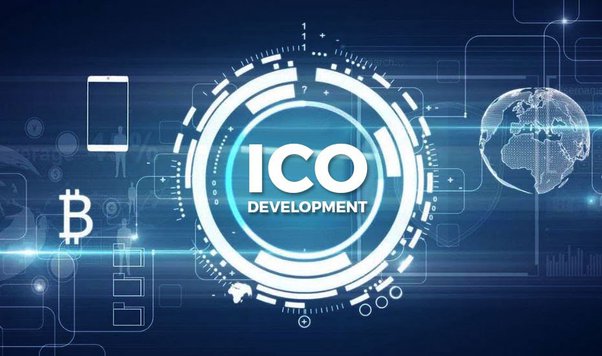The 4 Stages of Team Development Team Building for High Performance
Content
After the team members have moved past the forming, storming, and norming stages of group development, they can finally produce work and rely on team members for support. Their working styles and skills complement one another, and they rely on the each other to perform tasks more efficiently. At the beginning, everyone is excited about being a part of the team. Even though they aren’t sure how things will turn out, they know it will be a great experience. At this stage, the team is characterized by high enthusiasm and low productivity.
From a profitability point of view, it can also help to track the time spent on your projects. This way, you’ll know exactly how long everything took and this can help you to improve your pricing and planning on future projects. Gallup have been studying relationships at work for over thirty years and their research has consistently found that having a best friend at work leads to better performance. Using a free tool like Google Meet will allow you to meet your team face-to-face, regardless of where you are in the world. Insights from the world’s foremost thought leaders delivered to your inbox.
The weather, anchors and mid-year thoughts — The importance of reviewing your business plan.
The team members are now competent, autonomous and able to handle the decision-making process without supervision. Dissent is expected and allowed as long as it is channelled through means acceptable to the team. This is the perfect team development stage to learn about how your team overcomes obstacles and bonds through shared experiences.
At each step, it should be remembered that at no point should a leader be focusing solely on productivity. He or she is working with people, afterall and is working to build genuine relationships. A good leader is someone who knows how to build these relationships genuinely and reap the results of productivity as a secondary reward. Norming is what happens when the team members begin to settle into their roles. They have accepted their position, they understand what’s expected of them, and can see how their position contributes to the completion of the project.
Financial Services
Engagement Get to know your people with Pulse Surveys, eNPS scoring, anonymous feedback and messaging. Rizing’s objective is to enable every business that uses SAP solutions to achieve a truly intelligent enterprise.
Team members may not like the work style of their new colleagues, challenge the emerging team norms and resist control. Managers must ensure that the team norms are discussed, accepted, and followed by each team member. In this stage typically team members are ready to leave causing significant change to the team structure, membership, or purpose and the team during the last week of class. While the group continues to perform productively they also need time to manage their feelings of termination and transition. True interdependence is the norm of this stage of group development.
So Where Is Your Team Right Now?
Members attempt to become oriented to the tasks as well as to one another. This is also the stage in which group members test boundaries, create ground rules, and define organizational standards. Discussion centers on defining the scope of the task, how to approach it, and similar concerns. To grow from this stage to the next, each member must relinquish the comfort of non-threatening topics and risk the possibility of conflict. I first heard of his stages of team development when I attended advanced leadership training offered by the Boy Scouts of America.
What are weaknesses of a leader?
- Separating or standing apart from your team.
- Being overly critical.
- Micromanaging employees.
- Requiring constant contact.
- Acting without integrity.
- Failing to set clear expectations.
- Failing to set clear goals or objectives.
- Providing ineffective feedback.
Patience and consideration toward team members and their views go a long way toward avoiding this. Not every team moves through these stages in order and various activities such as adding a new team member can send the team back to an earlier stage. The length of time necessary for progressing through these stages depends on the experience of the members, the knowledge and skill of the team members, and the support the team receives. At the Storming Stage, managers should ensure the team members agree on the team norms and keep following them.










